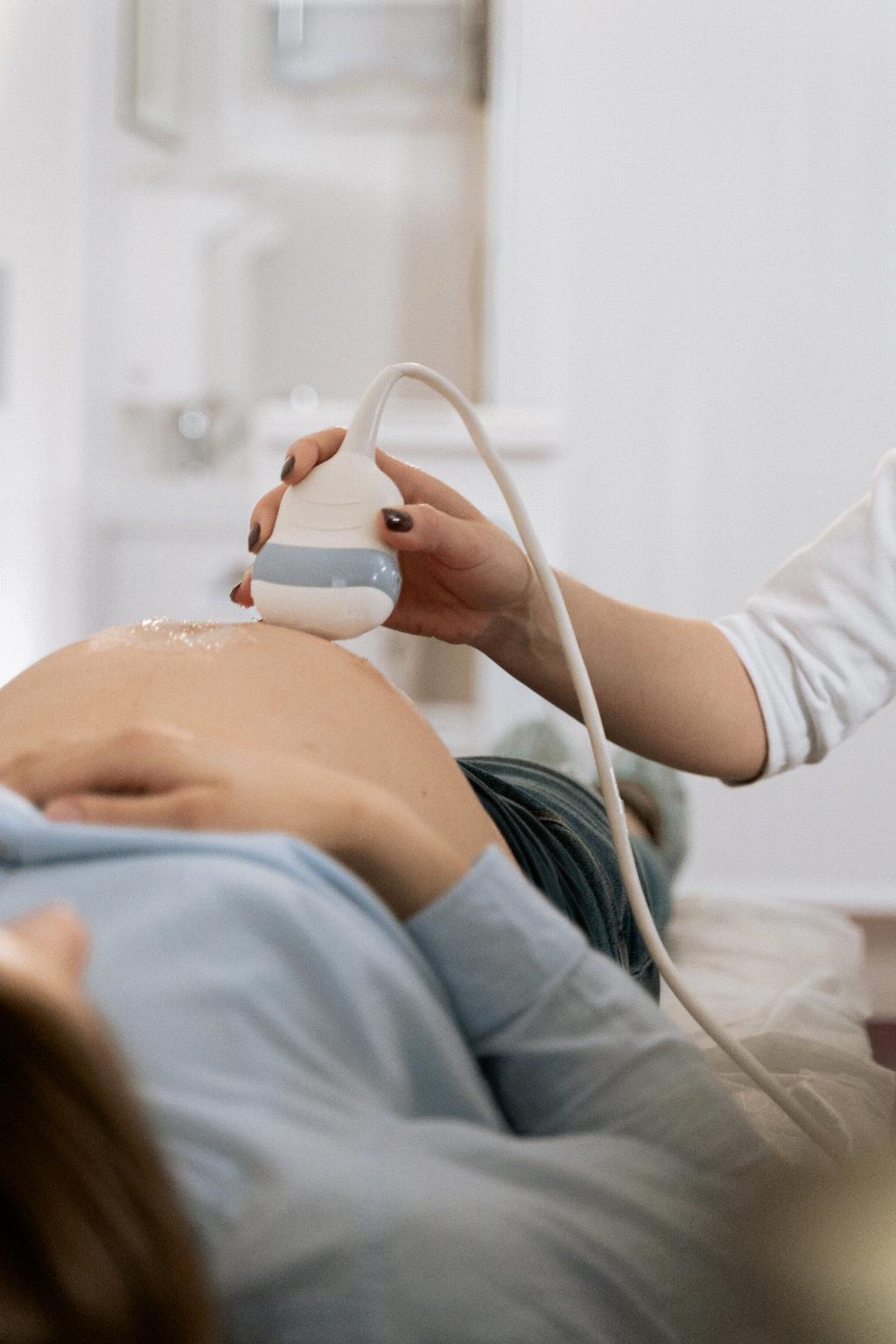When considering the risks associated with having a second pregnancy after a previous C-section, one of the primary concerns is the potential for uterine rupture. This occurs when the scar from the previous C-section tears open during labor, which, while rare, can have serious consequences for both the mother and the baby.
It’s important to note that a C-section is a major surgical procedure that comes with its own set of risks. Each additional C-section increases the likelihood of complications in subsequent pregnancies. The more scars present on the uterus, whether from C-sections or other surgeries, the higher the risk of encountering difficulties during labor.
Women who opt for a vaginal birth after a previous C-section (VBAC) also face certain risks. While many women are successful in having a vaginal delivery after a C-section, there is a small risk of uterine rupture during a VBAC, which could lead to significant complications.
Additionally, women who have had multiple C-sections may be at higher risk for placenta previa in subsequent pregnancies. Placenta previa is a condition where the placenta partially or completely covers the cervix, which can cause severe bleeding during labor and delivery.
Another risk associated with multiple C-sections is placenta accreta, where the placenta attaches too deeply to the uterine wall. This can lead to complications such as severe bleeding after delivery and may require surgical intervention to manage.
Women who have had previous C-sections are also at increased risk for developing placental abruption in future pregnancies. Placental abruption occurs when the placenta separates from the uterine wall before delivery, which can deprive the baby of oxygen and nutrients.
There is also a higher likelihood of developing complications such as infections or blood clots after multiple C-sections. These risks should be carefully considered, and steps should be taken to mitigate them, such as closely monitoring the pregnancy and ensuring appropriate medical care throughout.
It’s essential for women who are considering a second pregnancy after a C-section to have thorough discussions with their healthcare provider to understand the potential risks and make informed decisions about their birthing options. Each pregnancy is unique, and individual factors such as the presence of any additional medical conditions should be taken into account when assessing the risks involved.
Ultimately, while there are inherent risks associated with having a second pregnancy after a C-section, proper medical care and monitoring can help mitigate these risks and ensure the best possible outcome for both the mother and the baby.

